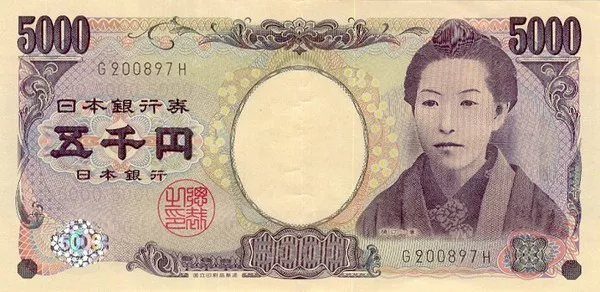Asian currencies remained within narrow ranges on Wednesday as market participants awaited signals on the Federal Reserve’s potential interest rate adjustments. While most currencies stayed subdued, the Japanese yen saw a 0.3% rise following signals from Bank of Japan Governor Kazuo Ueda about a potential shift in the bank’s dovish policies. However, Ueda did not provide clear indications of when the BOJ might move away from negative rates.
The yen’s gains were supported by stronger-than-expected December trade data, with Japanese exports to China recording the first increase in 13 months. In contrast, PMI data for January indicated a continued decline in Japanese manufacturing activity, although services activity grew further in December.
Broader Asian currencies maintained tight ranges, reflecting ongoing concerns about elevated U.S. interest rates. Many regional currencies faced significant losses in the past week as traders adjusted expectations, discounting the likelihood of a March 2024 rate cut.
China’s yuan traded mostly sideways but exhibited strength following reports of a potential 2 trillion yuan ($278 billion) support package for local stock markets. While this fueled optimism about increased economic support, overall sentiment towards China remained subdued due to concerns about a sluggish post-COVID economic recovery.
The Australian dollar slipped 0.1%, despite PMI data indicating some improvement in manufacturing and services activity. The currency, often considered a gauge of broader risk appetite towards Asian markets, remained near seven-week lows.
The Singapore dollar held steady, and the South Korean won experienced a marginal 0.1% decline.
Meanwhile, the U.S. dollar, having reached its highest levels since early December, steadied near six-week highs against a basket of major currencies. The dollar’s robust performance in 2024, supported by strong inflation and labor market data, led to diminished expectations for early Fed rate cuts. Hawkish comments from Fed officials further reinforced the notion of sustained higher rates.
Investor attention now shifts to upcoming economic data, with a focus on fourth-quarter GDP data on Thursday and the PCE price index data, the Fed’s preferred inflation gauge, on Friday. These releases precede the Fed’s first meeting of 2024, where rates are expected to remain at 23-year highs. However, expectations persist that the Fed may initiate rate trims later in the year, making the meeting a crucial event for market cues.


